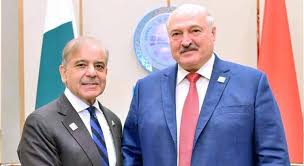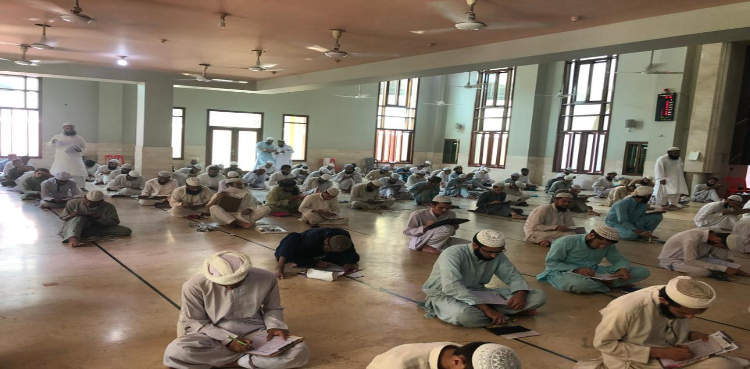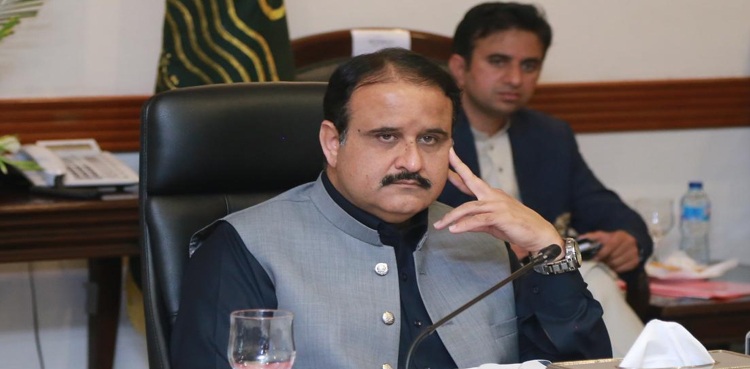The State Bank of Pakistan (SBP) on Thursday decided to increase the policy rate by 300 basis points to 20%.
The decision was taken in a lengthy, rescheduled meeting of the SBP’s Monetary Policy Committee.
During the committee’s last meeting in January, it had highlighted near-term risks to the inflation outlook from external and fiscal adjustments.
Most of these risks have materialized and are partially reflected in the inflation out turns for February.
The national CPI inflation has surged to 31.5% year-on-year, while core inflation rose to 17.1% in urban and 21.5% in rural basket in February.
As a result of a reduction in the exchange rate, there has been a significant impact on inflation, said an SBP spokesperson.
Inflation outlook
In Thursday’s meeting, the committee noted that the recent fiscal adjustments and exchange rate depreciation have led to a significant deterioration in the near term inflation outlook and a further upward drift in inflation expectations, as reflected in the latest wave of surveys.
The committee expects inflation to rise further in the next few months, as the impact of these adjustments unfolds before it begins to fall, albeit at a gradual pace.
The average inflation this year is now expected in the range of 27-29% against the November 2022 projection of 21-23%.
In this context, the MPC emphasized that anchoring inflation expectations is critical and warrants a strong policy response.
On the external side, the MPC noted that despite a substantial reduction in the current account deficit (CAD), vulnerabilities continue to persist.
In January, the CAD fell to $242 million, the lowest since March 2021. Cumulatively, the CAD – at $3.8 billion in Jul-Jan FY23 – is down 67% compared to the same period last year.
Notwithstanding this improvement, scheduled debt repayments and a decline in financial inflows amid rising global interest rates and domestic uncertainties, continue to exert pressure on forex reserves and the exchange rate.
Low forex reserves
The committee meeting noted that forex reserves remain low and concerted efforts are needed to improve the external position. In this regard, conclusion of the ongoing 9th review under the IMF’s EFF will help address near-term external sector challenges.
Furthermore, the meeting stressed on the urgent need for energy conservation measures to alleviate pressure on the external account and meet the import requirements of other sectors.
Fiscal consolidation
Recent fiscal measures, including an increase in GST and excise duties, reduction in subsidies, adjustments in energy prices, and the austerity drive, are expected to help contain the otherwise widening fiscal and primary deficits.
As highlighted in earlier statements, the envisaged fiscal consolidation is critical for economic stability and will complement the ongoing monetary tightening in bringing down inflation over the medium-term.
The committee emphasized that any significant fiscal slippages will undermine monetary policy effectiveness in the context of achieving the price stability objective.
The MPC also assessed the impact of further monetary tightening on financial stability and the near-term growth outlook.
The committee views that the risks to financial stability remain contained, given that financial institutions are broadly well capitalized. On growth, however, there exists a trade-off.
The committee, nonetheless, reiterated its earlier view that the short-term costs of bringing down inflation are lower than the long-term costs of allowing it to become entrenched. Barring unexpected future shocks, the MPC noted that today’s decision has pushed the real interest rate in positive territory on a forward-looking basis.
This will help anchor inflation expectations and steer inflation to the medium-term target of 5-7% by end FY25.

















































